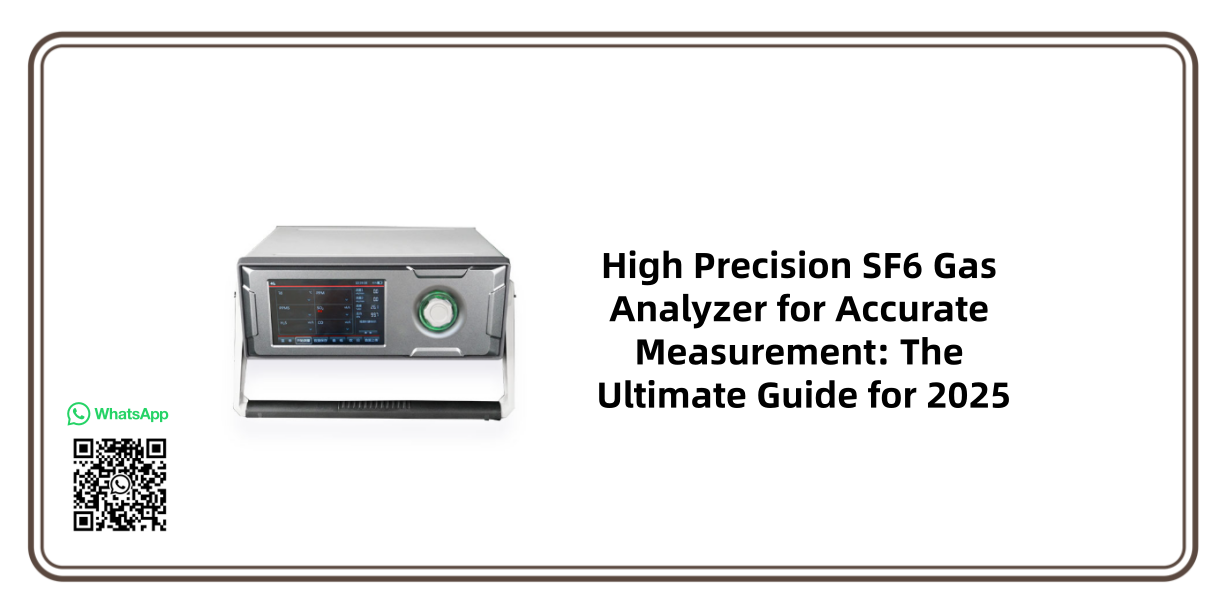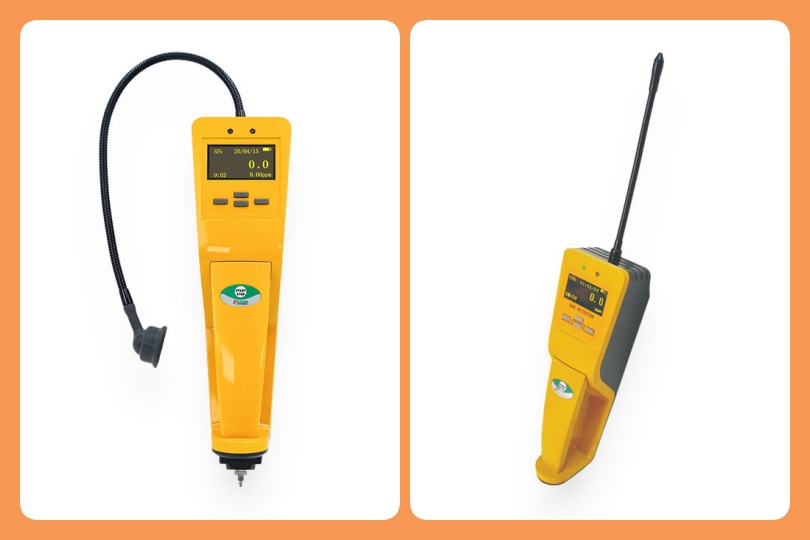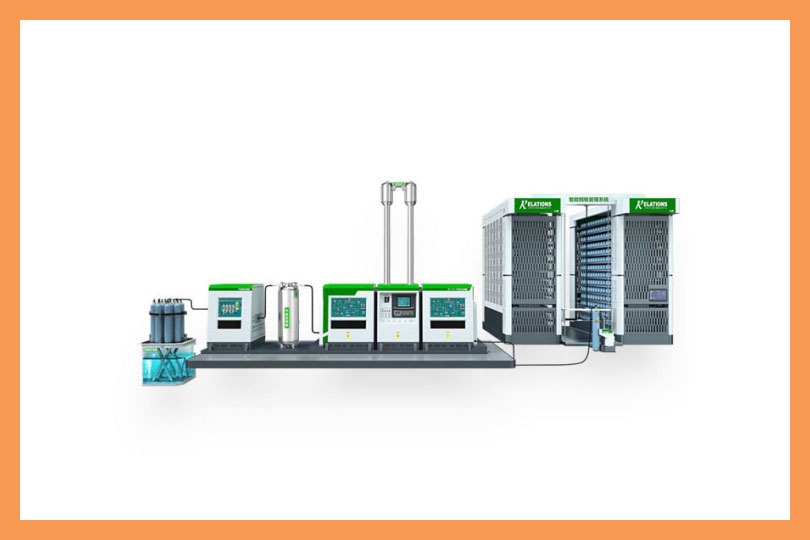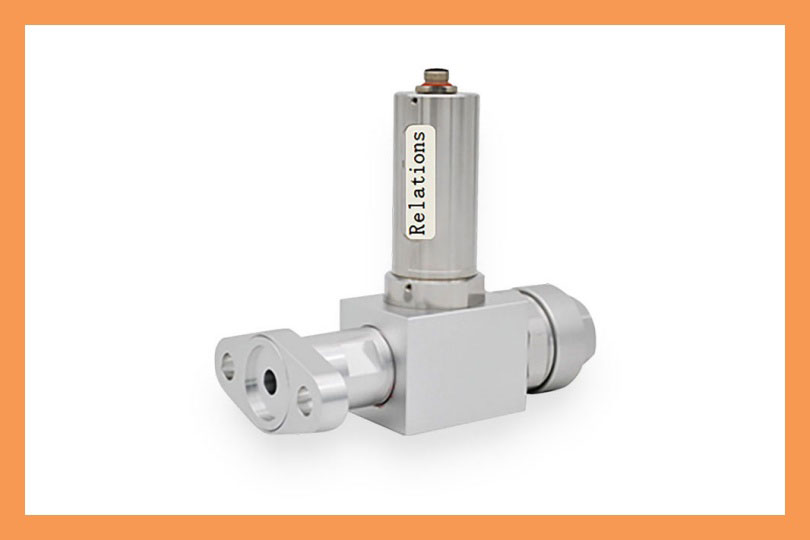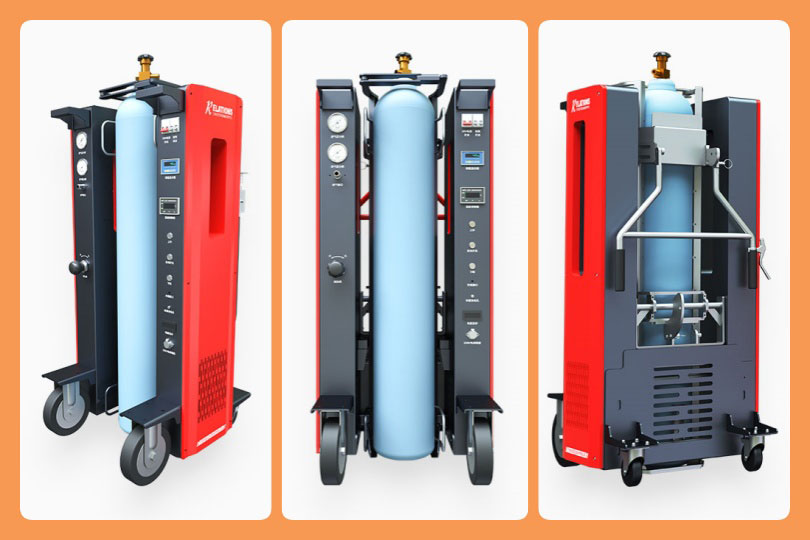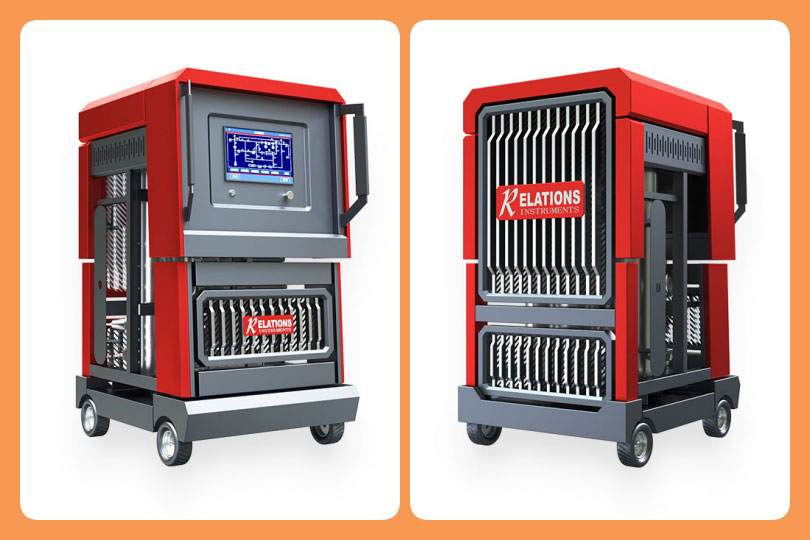Need Help: Providing Innovative and Sustainable Solutions.
Office Hours: 08:30am-6:00pm
High Precision SF6 Gas Analyzer for Accurate Measurement
Date
2025-11-05
[email protected]
Website
www.sf6gasdetector.com
Get Solutions And Quotes
High Precision SF6 Gas Analyzer for Accurate Measurement
SF6 (sulfur hexafluoride) is the backbone of modern electrical systems, industrial processes, and research labs—thanks to its unmatched insulating and arc-quenching properties. But its value hinges on accurate measurement: even tiny deviations in SF6 concentration or purity can lead to equipment failure, environmental non-compliance, or wasted costs. This is where a high precision SF6 gas analyzer for accurate measurement becomes non-negotiable.
Why High Precision SF6 Gas Measurement Is Non-Negotiable
Before diving into sf6 analyzer, it’s critical to understand why “precision” isn’t just a buzzword—it’s a requirement for safety, compliance, and efficiency.
First, environmental compliance: SF6 has a global warming potential (GWP) 23,500 times higher than CO₂, with a 3,200-year atmospheric lifespan. Regulators like the EPA (U.S.), EU ETS, and IEC mandate strict SF6 emission limits. A high precision SF6 gas analyzer for accurate measurement ensures you track even minute leaks (down to ppb levels) and report data that meets regulatory standards—avoiding fines and reputational damage.
Second, equipment reliability: In electrical gear like GIS (gas-insulated switchgear) or circuit breakers, SF6 purity directly impacts insulation performance. A 0.1% drop in purity or a small moisture ingress (measured via precision analyzers) can trigger electrical arcing, leading to costly downtime or catastrophic failures. High-precision measurement lets you address issues before they escalate.
Third, cost efficiency: SF6 is expensive—up to $100 per pound. A high precision SF6 gas analyzer for accurate measurement helps you reuse purified SF6 (by verifying purity levels) instead of replacing it, cutting operational costs. It also prevents overfilling by measuring exact concentrations, avoiding waste.
Core Technologies Powering High Precision SF6 Gas Analyzers
The “precision” of a high precision SF6 gas analyzer for accurate measurement depends on its underlying technology. Here are the three most reliable options, along with their strengths and ideal use cases:
1. Tunable Diode Laser Absorption Spectroscopy (TDLAS)
TDLAS is the gold standard for ultra-high precision. It uses a laser tuned to SF6’s unique absorption wavelength (10.6 μm), measuring how much light the gas absorbs to calculate concentration—with minimal interference from other gases.
- Precision metrics: Detects SF6 down to 0.01 ppm (parts per million) or even ppb (parts per billion) levels, with a measurement error <±0.5%.
- Key advantages: Fast response time (milliseconds), immune to humidity/dust, and suitable for hazardous environments (e.g., explosive industrial zones).
- Top model: Wuhan UHV TL-9000, a TDLAS-based analyzer used in power utilities for GIS and transformer monitoring.
2. Non-Dispersive Infrared (NDIR) Technology
NDIR is a balanced choice for consistent, high-precision measurement. It uses two infrared detectors: one targeting SF6’s absorption band, the other a reference gas. The difference in light absorption gives accurate concentration data.
- Precision metrics: Measures SF6 from 0.1 ppm to 100% volume, with long-term stability (drift <0.1% per year) and a sensor lifespan of 5–10 years.
- Key advantages: Low maintenance, cost-effective compared to TDLAS, and ideal for routine on-site checks.
- Top model: DILO D-3200, a portable NDIR analyzer trusted by substations for SF6 purity and moisture measurement.
3. Photoacoustic Spectroscopy (PAS)
PAS is designed for lab-grade precision, using laser pulses to excite SF6 molecules—producing sound waves proportional to concentration. This technology excels at ultra-low detection limits.
- Precision metrics: Detects SF6 down to 6 ppb, with exceptional linearity (R² >0.999) across wide concentration ranges.
- Key advantages: No radioactive components, minimal cross-sensitivity to other gases, and perfect for research labs or semiconductor cleanrooms.
- Top model: Innova 3731, a PAS analyzer used in semiconductor manufacturing to monitor SF6 in etching chambers.
How to Choose the Right High Precision SF6 Gas Analyzer for Accurate Measurement
With multiple technologies available, focus on these four criteria to match the SF6 analyzer to your needs:
- Define your precision requirements: If you’re monitoring micro-leaks in critical electrical gear, prioritize TDLAS (0.01 ppm) or PAS (6 ppb). For routine purity checks, NDIR (0.1 ppm) is sufficient.
- Consider the application environment: For field use (e.g., substation inspections), choose a portable, rugged analyzer (like the DILO D-3200) with long battery life. For lab or fixed industrial use, opt for benchtop TDLAS/PAS models (e.g., Innova 3731).
- Check for essential features: Look for SF6 analyzer with data logging (to store historical measurements), auto-calibration (reduces manual effort), and connectivity (Wi-Fi/Bluetooth for remote reporting)—all critical for efficiency.
- Verify compliance: Ensure the analyzer meets international standards like IEC 60480 (SF6 handling) and ISO 10462-3 (gas analysis), so your data is regulatory-approved.
Key Applications of High Precision SF6 Gas Analyzers
A high precision SF6 gas analyzer for accurate measurement isn’t one-size-fits-all—it adapts to diverse industries:
- Power utilities: TDLAS analyzers monitor SF6 purity and moisture in GIS, circuit breakers, and transformers. Accurate measurement prevents outages and ensures compliance with EPA’s SF6 emission rules.
- Semiconductor manufacturing: PAS analyzers check SF6 concentration in etching and deposition chambers. Even 10 ppb of impurities can ruin wafers, making precision critical.
- Research labs: Benchtop TDLAS/PAS analyzers support experiments involving SF6, providing data with lab-grade accuracy for academic or industrial R&D.
- Chemical plants: NDIR analyzers track SF6 in storage tanks and pipelines, ensuring no leaks escape and verifying gas purity before reuse.
Critical Tips for Using High Precision SF6 Gas Analyzers
To maximize the value of your high precision SF6 gas analyzer for accurate measurement, follow these best practices:
- Calibrate regularly: Use certified SF6 standard gas (e.g., 0.1 ppm, 1 ppm) to calibrate the analyzer annually—this maintains precision and avoids drift.
- Clean sampling lines: Contaminants in sampling tubes can skew results. Flush lines with pure nitrogen before each use.
- Store properly: Keep the analyzer in a dry, temperature-controlled environment (10–30°C) to protect sensitive optical components.
A high precision SF6 gas analyzer for accurate measurement is an investment in safety, compliance, and cost savings. Whether you’re a power utility tracking GIS leaks, a semiconductor lab ensuring process purity, or a plant meeting environmental rules, choosing the right technology (TDLAS for ultra-precision, NDIR for routine use) ensures you get reliable data every time.
By prioritizing precision, you not only avoid costly mistakes but also contribute to reducing SF6 emissions—aligning operational goals with global sustainability efforts.
Realize The Recycling Of Sf6 Gas
